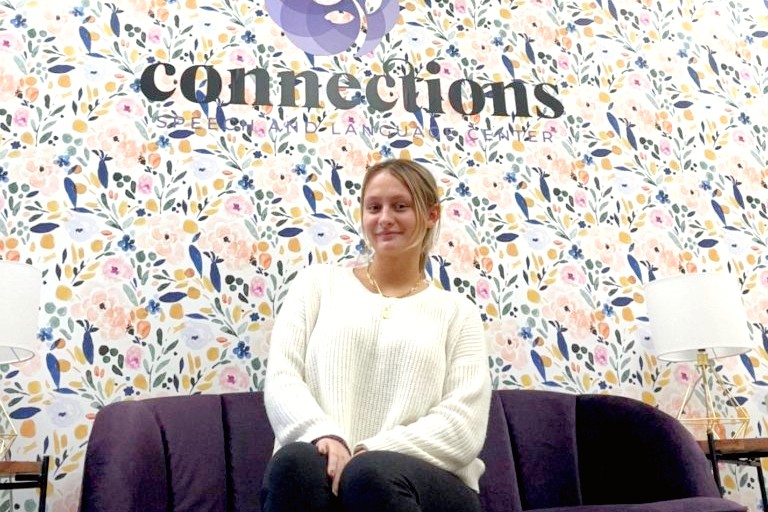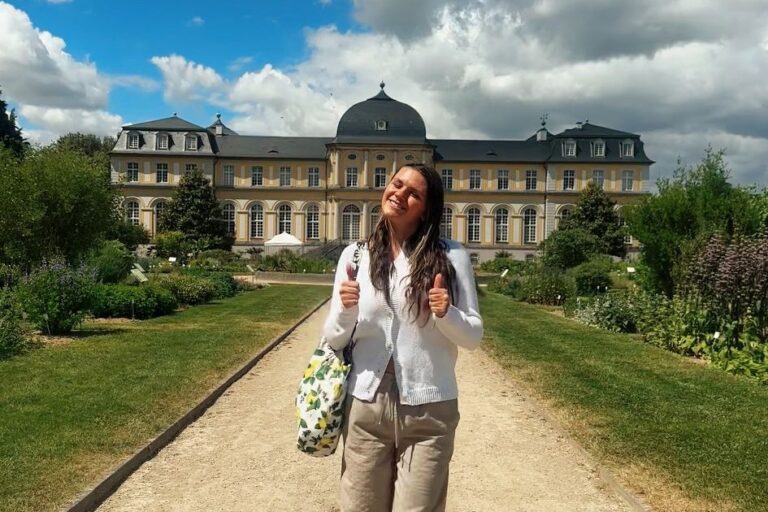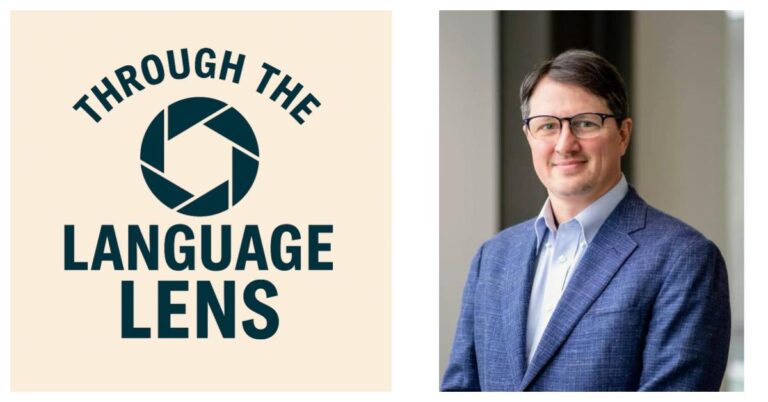Senior Japanese major Lily McCormick has traveled more than 6,300 miles to participate in the Kakehashi Project, a short-term exchange program to Tokyo, Japan, that, for this particular trip, is focusing on pop culture and animation.
Through the Kakehashi Project, McCormick and 24 other students were selected to travel from the United States to Japan January 8-16 to deepen their understanding of animation and pop culture and to observe animation production. During their time in Tokyo, the students are staying with host families and will learn more about Japanese culture and history.

The Kakehashi Project is covering all travel and program expenses as well as daily expenses with the overall goal of heightening potential interest in Japan and increasing the number of overseas visitors to the country. The objective of the program is to promote deeper mutual understanding among the people of Japan and the United States, enable future leaders of Japan-U.S. exchanges to form networks, and help young people develop wider perspectives to encourage active roles at the global level in the future.
“I am beyond excited to have been chosen for this opportunity,” McCormick said. “I want to thank everyone who has been involved in making this opportunity possible for me.”
McCormick was nominated for the Kakehashi Project by the Department of Linguistics and Germanic, Slavic, Asian, and African Languages based on her strong interest in Japanese pop culture, animation, and manga.

In her application, McCormick wrote: “This is the perfect program for me because of my long and deep interest in Japanese culture, specifically Japanese anime, manga, fashion, and music. I have been fascinated with these elements of Japanese culture since childhood and now that I am studying Japanese as my major in college, my interest has only grown stronger.”
This is McCormick’s second trip to Japan. This past spring and summer, she studied in Japan through the Japan Center for Michigan Universities (JCMU), which runs Japanese language classes for students studying at universities in the United States and also English classes for local Japanese people.
During that first trip to Japan, McCormick practiced her Japanese, learned about Japanese culture, and even participated in a commercial shoot for the Kusatsu rail line.

McCormick was looking forward to returning to Japan for the Kakehashi Project and hoped to experience parts of Tokyo she had not visited before.
“It will be really interesting to see the city in a new light being led by those who know it intimately,” she said.
Back at MSU, McCormick has participated in the Hosei Exchange program, a program in which students from Hosei University in Tokyo travel to MSU for the fall semester each year. The program hires MSU students, called “student partners,” who are assigned two Japanese students to help throughout the semester.
As a “student partner,” McCormick helped give the students she was assigned an American college experience, including giving them tours of campus and helping them settle into the residence halls.
Growing up in Ann Arbor, Michigan, a lot of McCormick’s peers spoke a second language, this had a strong influence on her decision to take up a second language and pursue Japanese as her major in college.
She decided to pursue her degree in Japanese at Michigan State University because of MSU’s strong education abroad programs and the opportunity to participate in a homestay program in Japan.
McCormick has always wanted to experience other cultures, and through programs such as the Japan Center for Michigan Universities, Hosei Exchange Program, and Kakehashi Project, she is doing just that.


